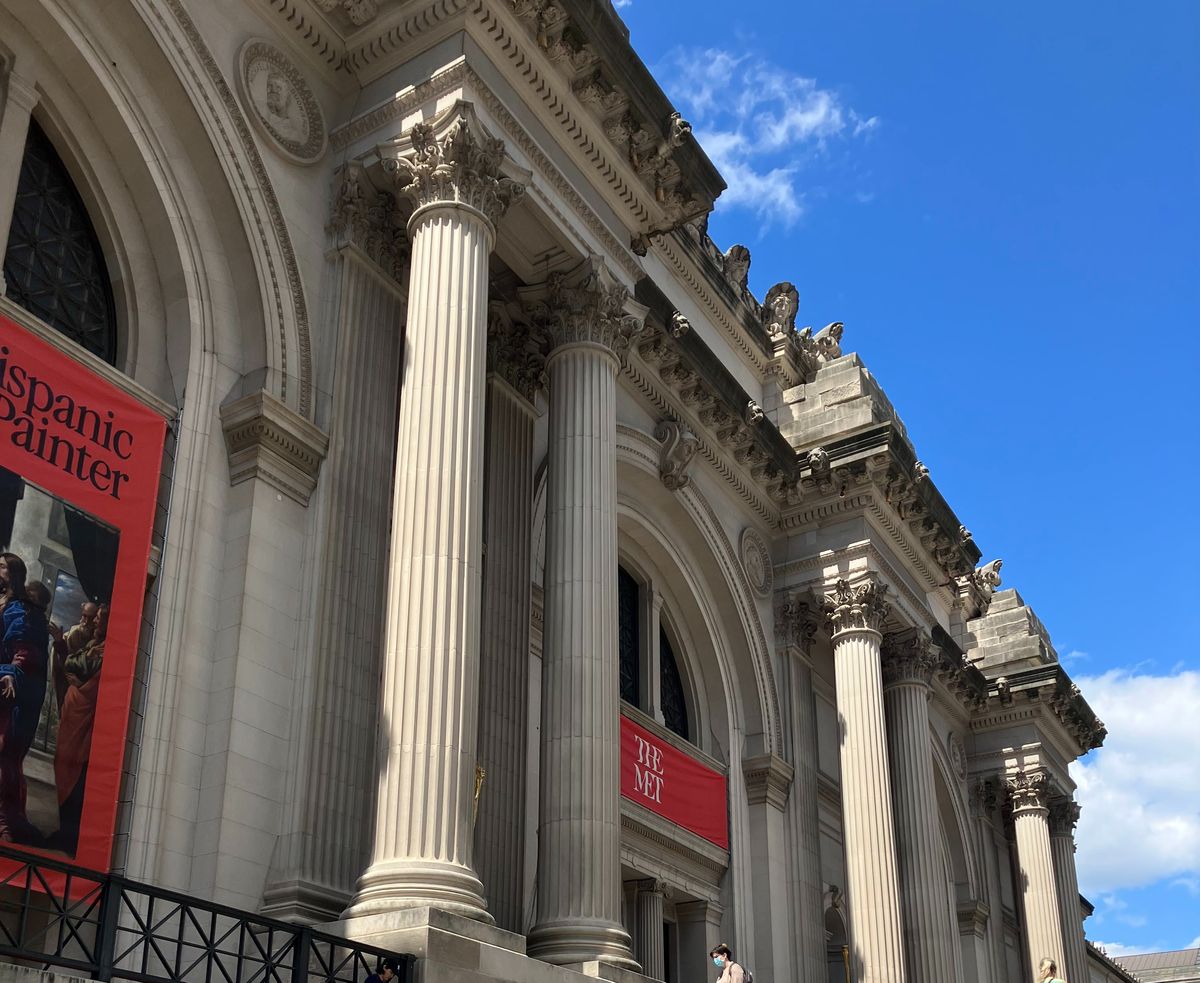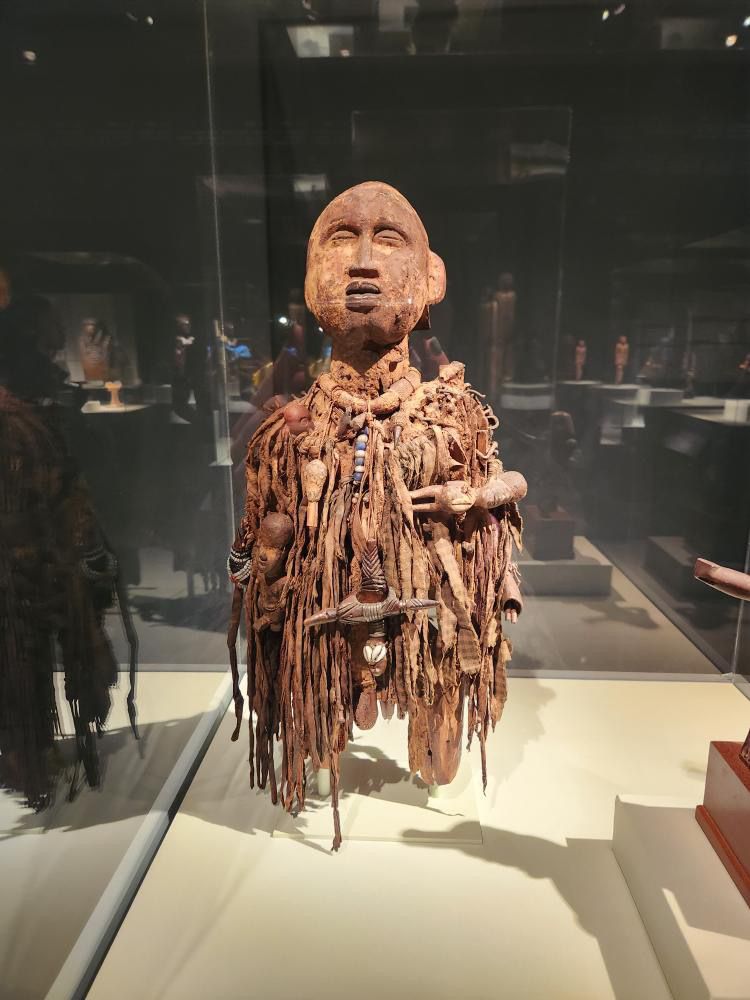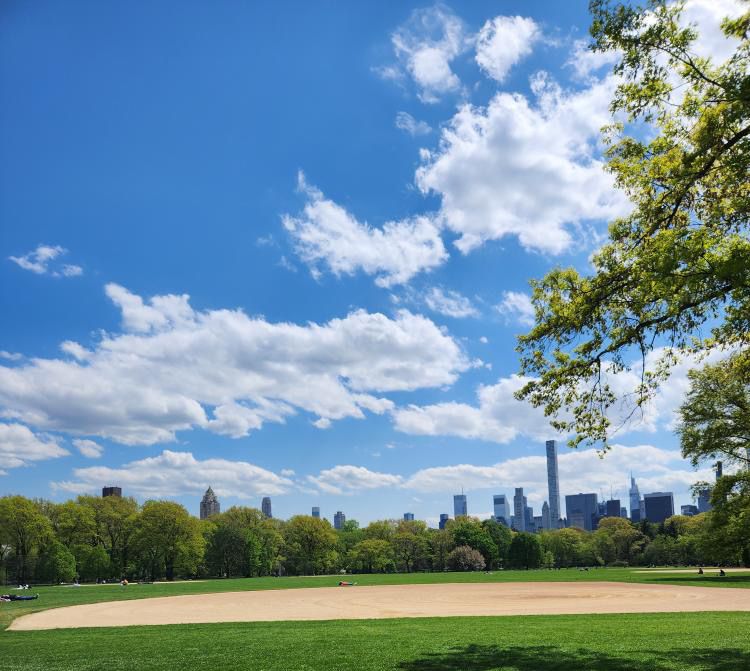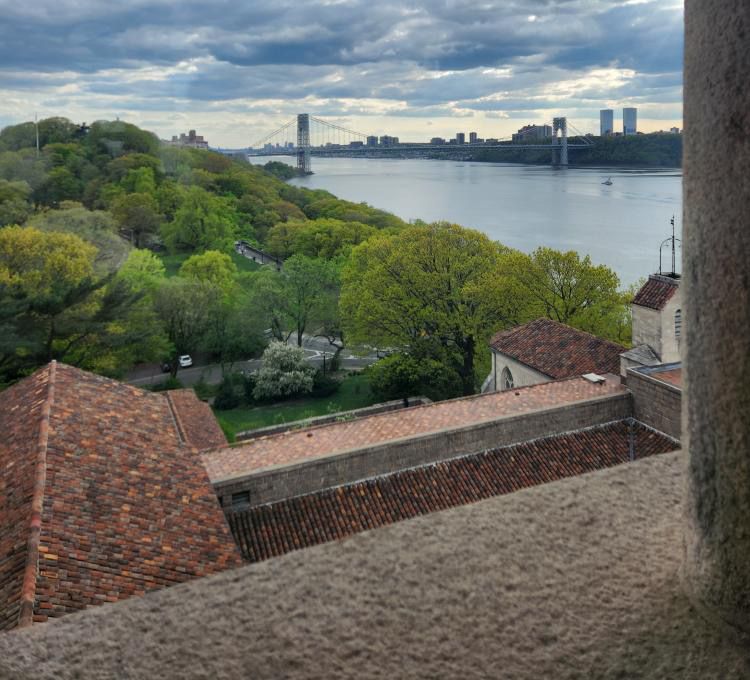Art History Class Visits Met Art Museum
The benefits of field trips extend far beyond the classroom.


On Monday, April 24, students from Ms. Mann’s AP Art History class visited the Metropolitan Museum of Art in New York City. The trip has been on the books for years, with previous plans derailed by health and travel restrictions from Covid-19. Students had the opportunity to view artwork directly related to the works they were studying, helping to solidify their learning and broaden their artistic horizons.

After a morning bus ride to the city, students explored the Met’s main building on 5th Avenue, visiting, among others, the Egyptian, Asian, and African collections — all of which have similar works to those in the AP curriculum. Physically seeing these related artworks helps students to better understand the art they are studying. Ms. Mann, an AP Art History and English teacher at MSMHS, sees in-person experiences as an important part of learning about art. “I think it’s important to see actual works of art … not just reproductions of artworks. The digital images are never as good as the real thing.” She continues: “To go see some of the actual works, but also works that are related … you can think about patterns, or connections, or techniques or just ideas that you wouldn’t have had.”
After a short subway trip, students walked through New York City's Central Park. Following another brief trip on the subway, the class reached The Met Cloisters, a museum housing medieval art from the Met’s collection. Students were met by Dr. Griffith Mann, curator of the Met’s medieval works and Ms. Mann’s husband. After exploring the museum in small groups, Dr. Mann spoke to the whole class about some of the collection’s notable works.

One of these, the Merode Altarpiece, is a part of the College Board’s list of required work for AP Art History. Dr. Mann spoke in detail about the work’s symbolism and significance, with in-depth explanations about the artwork. Students also viewed the Unicorn Tapestries, which share similarities with many of the works in the class curriculum.
Being able to stand in front of the works helped students better understand the works in the AP curriculum. Junior and Art History student Hayden Philbrick explains: “It was nice to actually see some of the things … in the physical world, and not just on piece of paper.” But the benefits of the trip extended far beyond the AP exam. Ms. Mann saw the experience of the city and the museums as just as important as the works they contain. “The school should offer opportunities for people to get into the urban centers and understand the cultural institutions and the roles they play.” Student Ezran Williams, an MSMHS junior, agrees, saying “It was helpful for both learning the works and experiencing the area.”

Junior McKayla Tyrone saw the field trip as having both academic and real-life value. “I … think this is a good experience, to have somebody there that knows what they're doing … instead of doing it by yourself for the first time.” Mr. Jones, an English teacher at MSMHS and a chaperon on the trip. explains the importance of field trips to big cities. “There's a safety net, or there's training wheels on the trip without going yourself to the city, but to be exposed to the world outside of your school.
Field trips help to improve equity in the school community, providing cultural experiences for all students regardless of their background. Ms. Mann explains: “There are a lot of students who come from families where this kind of thing happens, where kids are taken to museums … and there are other kids who don't have that experience and may not ever go to a museum.” Shared experiences put students on equal footing, helping to expose all students to ideas about culture and society. “Even detached from artworks, it’s still important to understand that cultural institutions are for all of us.”



